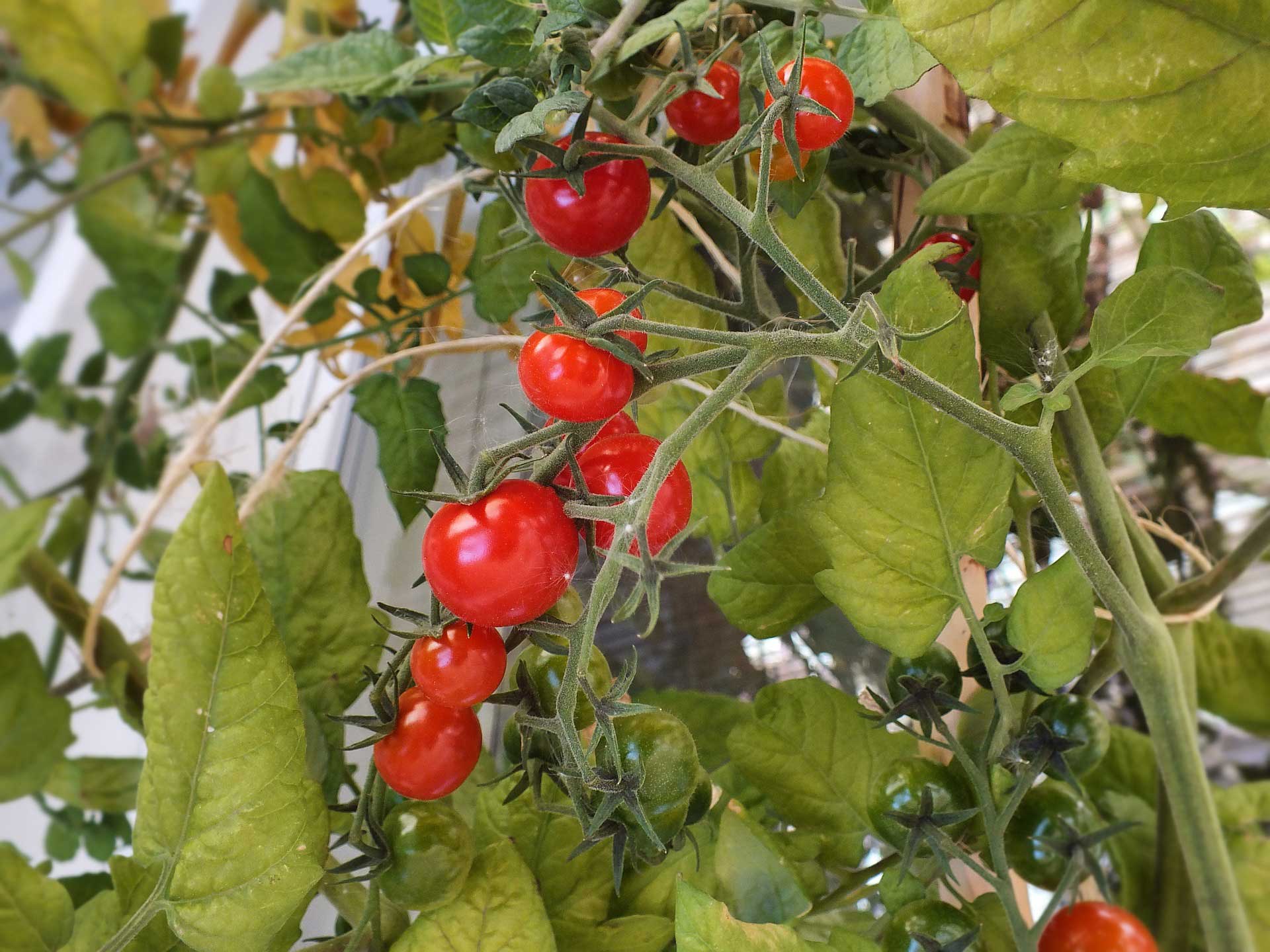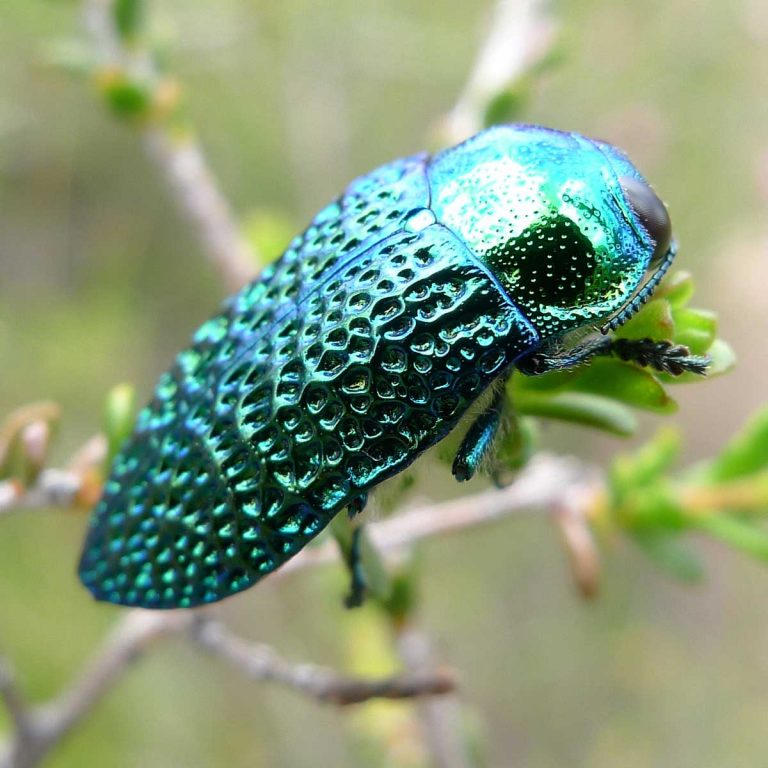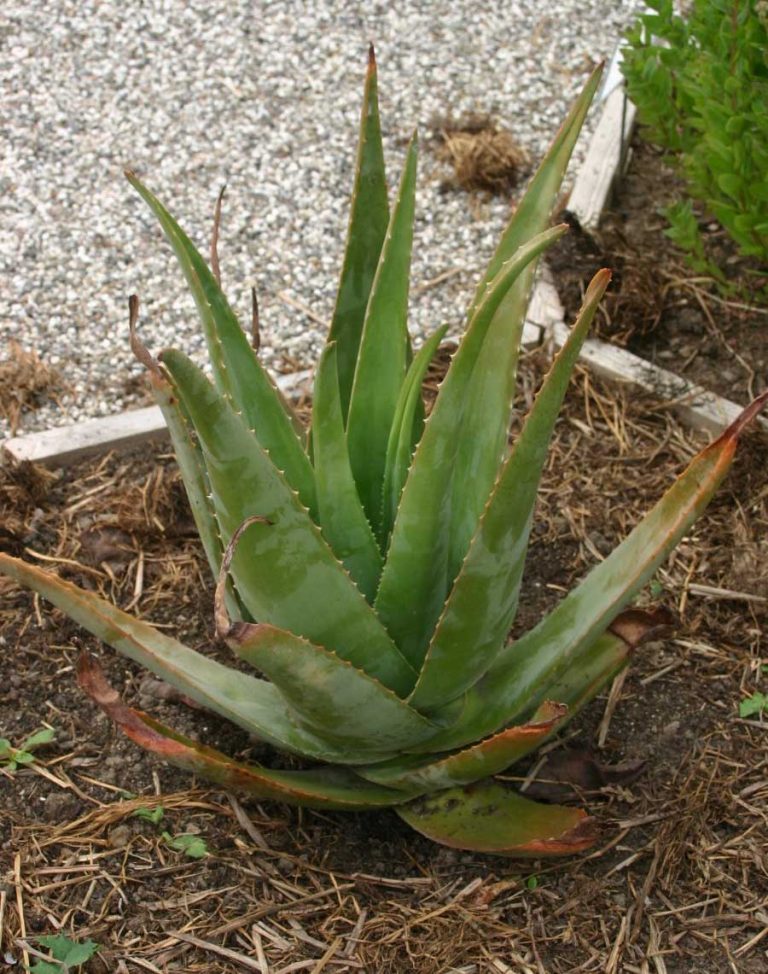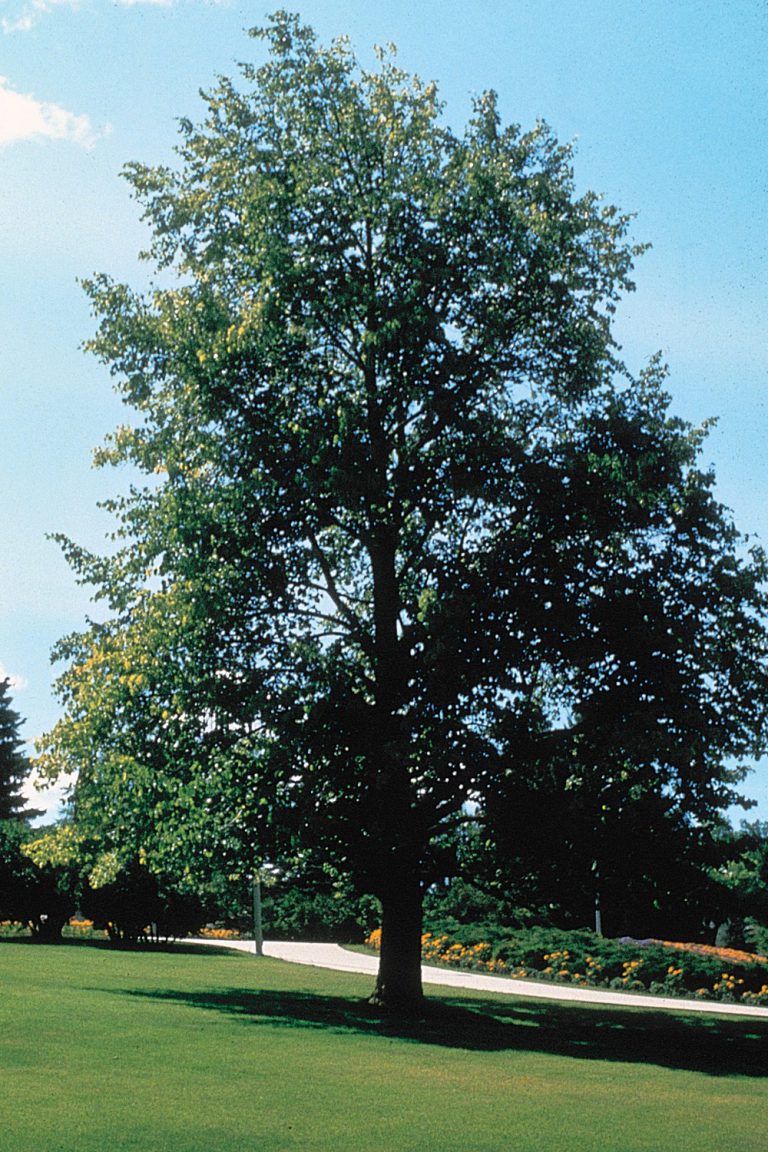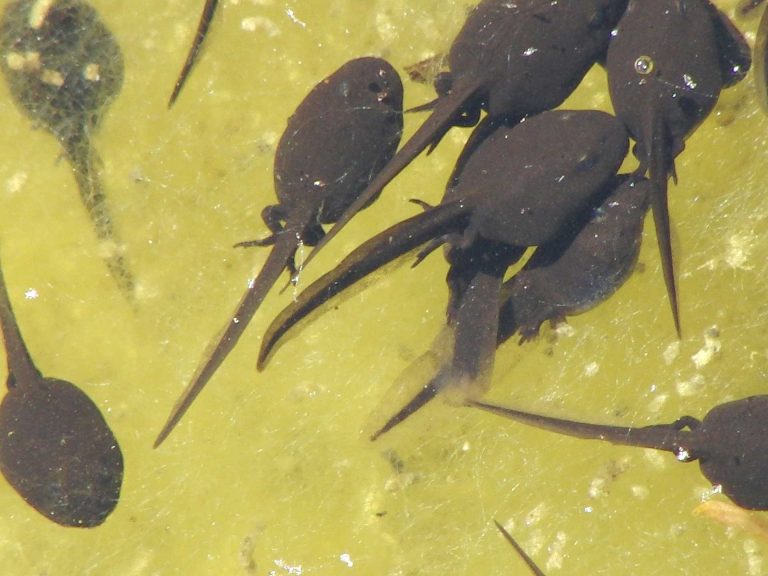Growing Tomatoes
Scientific Classification
| Kingdom: | Plantae |
| (unranked): | Angiosperms |
| (unranked): | Eudicots |
| (unranked): | Asterids |
| Order: | Solanales |
| Family: | Solanaceae |
| Genus: | Solanum |
| Species: | S. Ivcopersicum |
| Binomial name: | Solanum Ivcopersicum |
The edible fruit/ berry, tomato, often red in color belonging to the nightshade Solanum lycopersicum is the tomato plant. In botanical terms, the tomato is fruit with further classification as a berry because of its edible seeds and pulpy form. Generally, all of us do use tomatoes as a vegetable, chiefly in savory dishes. Thus, while technically a tomato is the fruit of the tomato plant, we use it as a vegetable in cooking.
Anatomy
We get tomatoes in a variety of sizes, shapes and colors: cherry tomatoes are round and small, red large beefsteaks are somewhat asymmetrical; globes have an average-size, round and red; plum tomatoes have an egg-shape and are yellow or red (baby plums are grape tomatoes), etc. Various heirloom types of tomatoes that you normally do not see in the market are green, yellow, red, even striped as well as purple.
Habitat
The origin of the tomato is the Central America as well as west of South America. In the year 1519, Cortez discovered tomatoes cultivated in the Montezuma’s gardens. He took the seeds to Europe, where they grew it mainly for ornamental interest and not for edible purpose.
Growing At Home
Soil for Planting
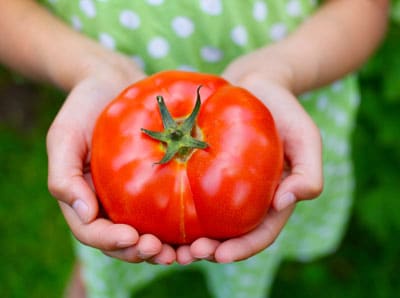
Irrespective of the type of soil in your garden, with little effort it is possible for you to turn it into a beautiful home for your tomatoes. If your garden grows fresh tomatoes, it is a measure of your hard work. With the right addition of organic matter, it is possible to improve thick clay soils that take a long time to drain as well as sandy soils that drain quickly. Use easy-growing cover crops like annual rye-grass, cowpeas or even buckwheat, or leaves, compost, garden residues or even grass clippings as organic matter.
Planting
- In case, you decide to plant seeds (rather than purchase for transplanting), begin to plant your seed interiors 6 to 8 weeks before last date of frost in spring.
- Choose a location with properly drained soil and bright sunlight. In the northern parts, it is crucial that you get a minimum of six-hour sunlight a day. As for the southern regions, your tomatoes flourish and grow well with a mild afternoon shade.
- Two weeks earlier to transplanting your seeds outdoor, till your soil, to a depth of almost one foot and add old manure, fertilizer or compost.
Watering
- In the initial days water your tomato plants thoroughly.
- During the maturing period, pour enough of water, at summer, water 2 inches a week. Frequently water them.
- In order to keep up the moisture, five weeks after transplanting, mulch your plant.
Temperature and Humidity
The tomato plant growth recedes at chilly spring temperatures (cool nights at 50° or less). The flowers wither off at sizzling summer temperatures (hot days at 95° or more). It is possible to alter both these extremes with Wall o’ Waters or plastic “teepees” with separate tubes full of water. In addition, they support the plants and give them shelter from the strong winds.
Care
- In order to protect the tomatoes during drought, search for flat rocks next to each plant. The rocks draw water from below the ground and prevent it from evaporating into the atmosphere.
- Two weeks before initial picking, and two weeks following picking, supply fertilizers.
- In case you are employing stakes, prune the plants by plucking off the suckers so that a pair of stems grows on each stake.
Pest and Pesticides
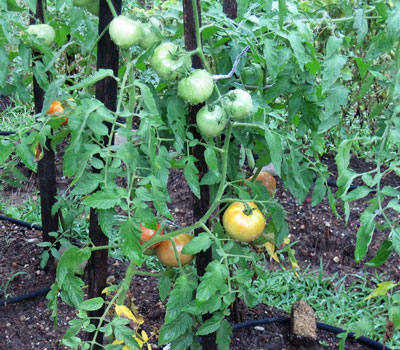
Photo by: Rob Duval
- Aphids
- Flea beetles
- Tomato Hornworm
- Whiteflies
- Blossom-End Rot
- Late Blight a kind of fungal infection that affects any time during the period of growth
Tobacco Mosaic Virus forms malformed foliage and makes the immature shoots thin and curved; also, the foliage turns yellow and dappled. Make it a point to destroy the diseased plants.
Harvest Month and Storage
- Retain your tomatoes on the vine as long as it remains there. In case any of them drop down prior to ripening, place them in a paper bag, keeping the stem facing upwards and preserve them in a dark and cool place.
- Do not keep the tomatoes for ripening on a windowsill where the sun is striking; they perhaps rot before ripening.
- The right time to pick a tomato is when it is bright red in color and when it is firm, irrespective of the size, with just a little yellow color round the stem. A ripe tomato will not feel very soft.
- In case your tomato plant still bears fruit when the initial frost intimidates, pluck out the whole plant and suspend it headlong down in your garage or basement. As soon as the tomato gets red, pick them.
- Do not refrigerate fresh tomatoes. Such practice causes them to lose their texture and flavor, and they will taste different from the taste of your garden tomatoes.
- For freezing core fresh, unblemished tomatoes, place them in the freezer containers or bags and seal them, label it and freeze. When defrosted, the skin slips off.
Varieties
- Amish paste- good slicers, large paste tomatoes.
- ‘Brandywine’- Different varieties of beefsteak having a balanced combination of sweet and acid taste
- “Matt’s Wild Cherry”- When the temperature is low or high and in drought and rain, cherries bear a lot of fruits perfect in all climates.

Having discovered a fondness for insects while pursuing her degree in Biology, Randi Jones was quite bugged to know that people usually dismissed these little creatures as “creepy-crawlies”.

